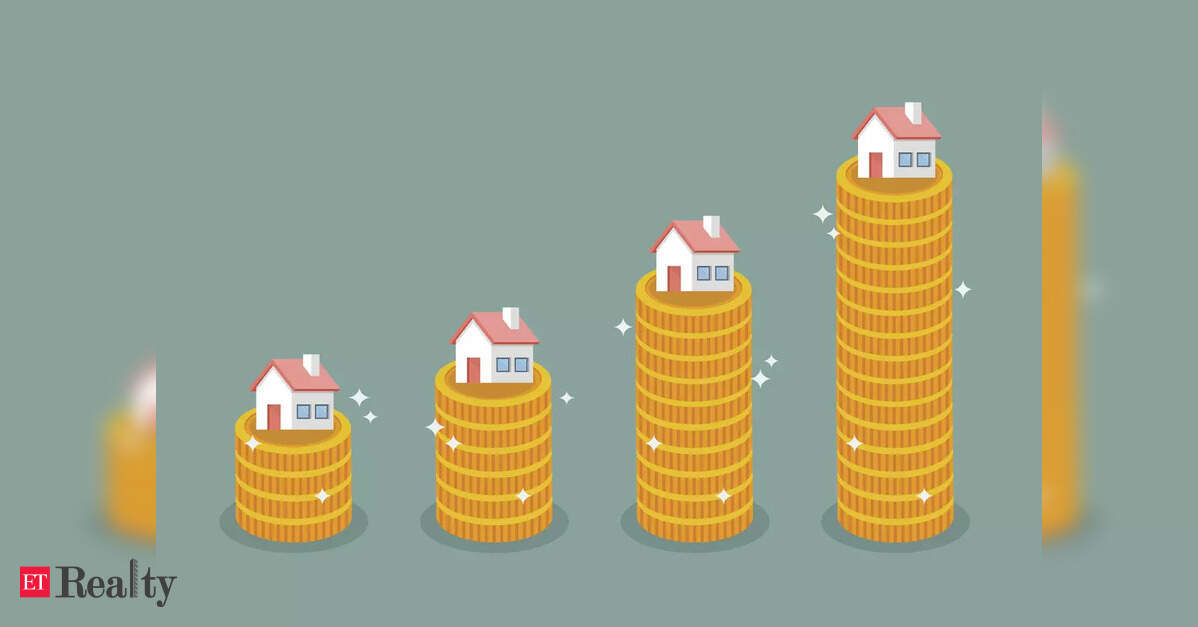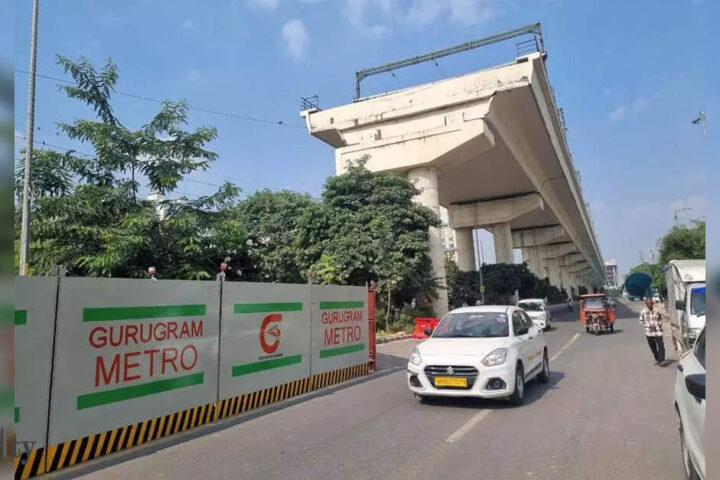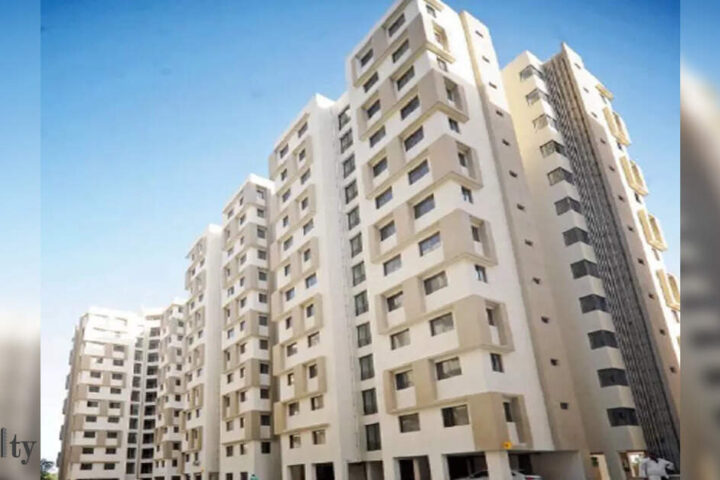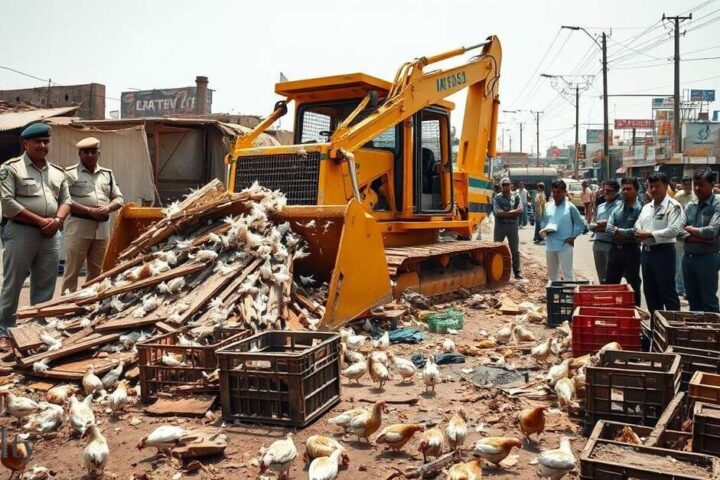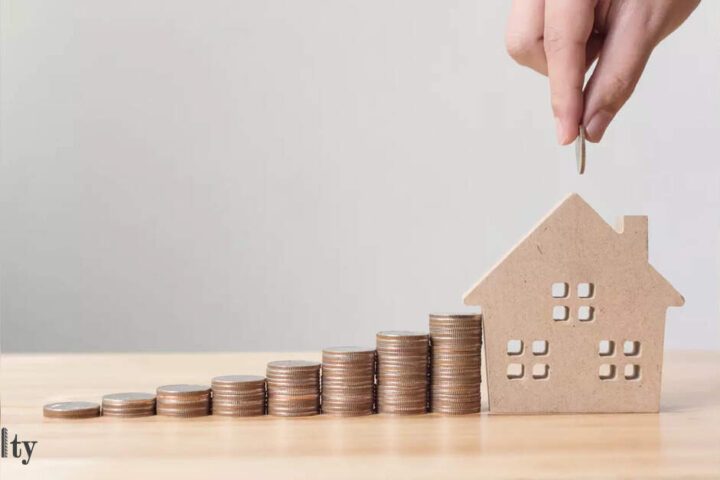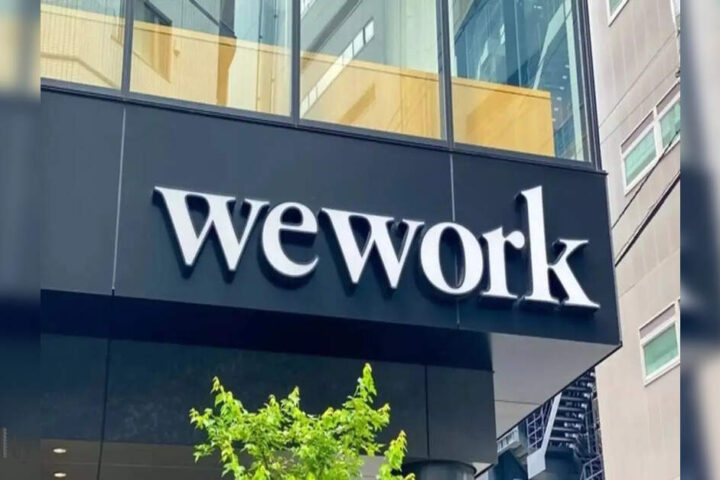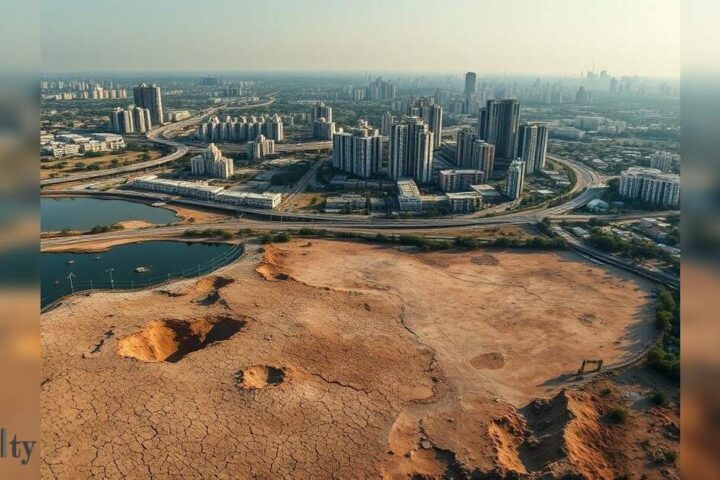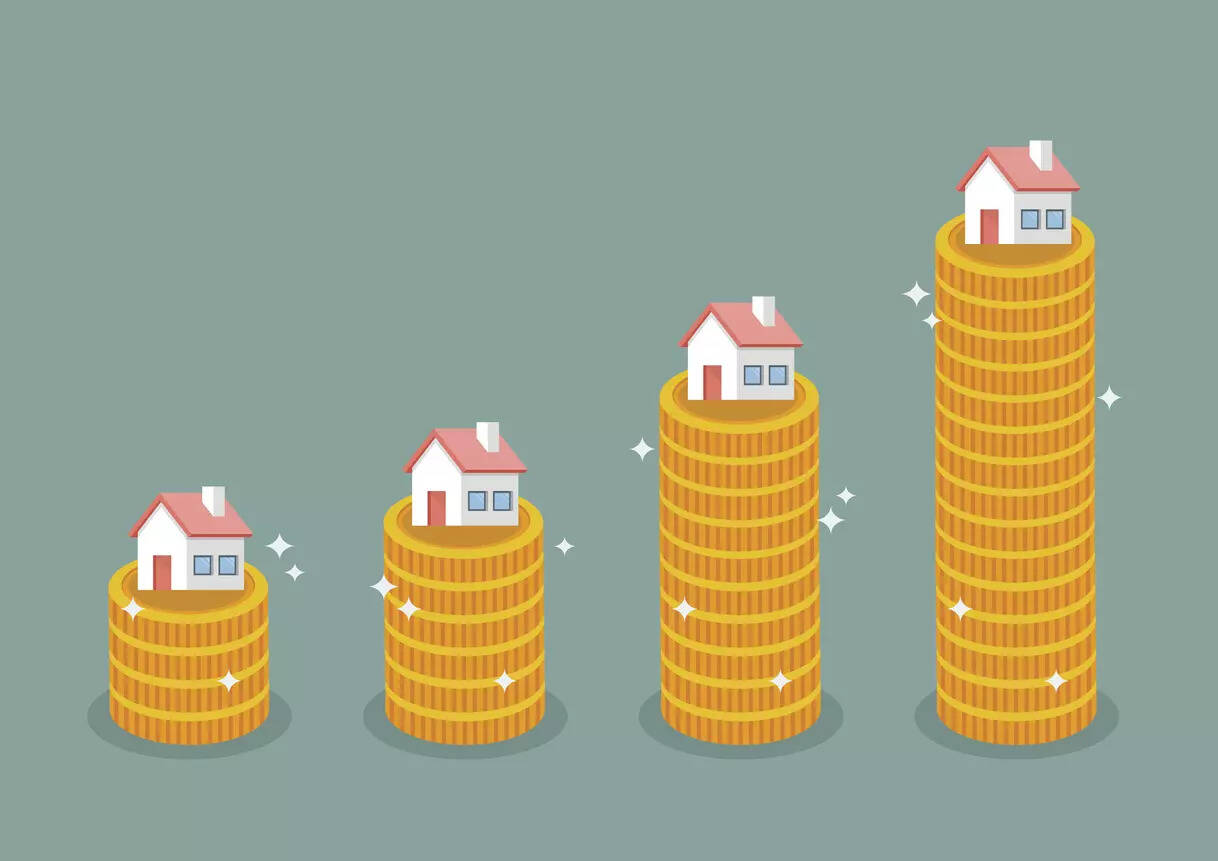
HYDERABAD: After a year of hesitation and industry pushback, the state govt has decided to go ahead with revising the market values — the official ‘govt value’ used for property registration — within the core urban region (CUR). This high-demand zone, covering about 27 civic bodies inside the Outer Ring Road, contributes nearly 60% to 70% of the annual revenue of the registration and stamps department.
The proposed hike is steep: 30% to 50% above current rates, aimed at narrowing the gap between official registration values and prevailing market prices. If implemented, the move is expected to fetch the state an additional ₹2,000 crore to ₹2,500 crore in annual revenue.
According to official sources, instructions have already been sent to district collectors and sub-registrars in the respective areas to prepare and submit revision proposals. The officials intend to place the matter before the next cabinet meeting for approval.
“Committees have been constituted, led by additional collectors of the respective districts, with the sub-registrar as the convenor. There will be members from GHMC, a representative from HMDA, and municipal commissioners of that area as members. They will send the details in a week’s time,” a senior official of the registration and stamps department told TOI.
These committees will compile field reports, especially from zones seeing rapid development, and assess prevailing rates for land, apartments, and commercial spaces. The revisions will be uniform within each area to prevent disputes. Once the cabinet clears the proposals, the govt plans to invite objections and suggestions from the public before finalising the changes.
Officials point to glaring disparities between current market prices and registration values. For example, in high growth western pockets such as Gachibowli, Kokapet, and Financial District, premium builders are charging as much as ₹10,000 per square ft, while the official registration value is pegged at just ₹3,000. Similarly, agricultural and commercial land prices have surged sharply, but the govt’s registration rates remain far lower.
The revision process will not be one-sided, officials emphasised. “If there is any requirement to reduce the prices, that rectification will also be done,” they said, noting that adjustments could work in both directions.
The last revision took place in Jan 2022. Although the govt is empowered to revise rates annually, last year’s exercise was shelved amid concerns raised by realtors and developers. Industry stakeholders have argued that higher rates could dampen real estate activity, prompting the govt to put the proposal in abeyance.
